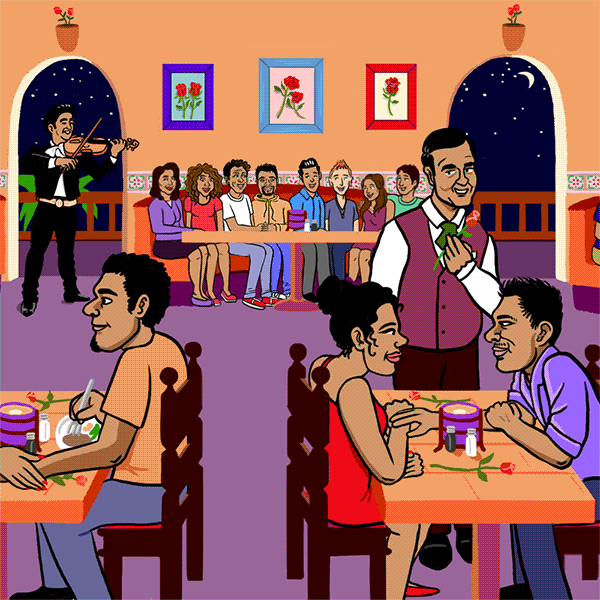LatinaLista — On Valentine’s Day, the Centers for Disease Control (CDC) partnered with LATISM to bring together several Latino/a bloggers (myself included) for a Twitter chat about HIV awareness. The sad thing is that we held such a chat just a few months ago. It’s clear that HIV awareness within the Latino community is an uphill battle.
The CDC reports that in 2013 that though Latinos only accounted for 17 percent of the population, we were one quarter of all estimated “new diagnoses of HIV infection in the United States and 6 dependent areas.”
Additional sad statistics continuing to persist are:
- In 2013, Hispanics/Latinos accounted for 23% (10,888) of the estimated 48,145 new diagnoses of HIV infection in the United States and six dependent areas. Of those, 85% (9,266) were in men, and 15% (1,610) were in women.
- Gay, bisexual, and other men who have sex with mend accounted for 81% (7,527) of the estimated HIV diagnoses among Hispanic/Latino men in 2013. The annual number of diagnoses among Hispanic/Latino gay and bisexual men has increased 16% since 2008.
- Eighty-six percent (1,389) of the estimated HIV diagnoses among Hispanic women/Latinas were attributed to heterosexual contact.
- In 2012, Hispanics/Latinos accounted for 21% (251,700) of the estimated 1.2 million people with HIV infection in the United States.
- The estimated rate of Hispanics/Latinos living with diagnosed HIV infection in 2012 was 347.8 per 100,000 people in the United States. By comparison, the rate was 149.2 among whites and 1,011 among blacks/African Americans.
- Of the 6,955 deaths related to AIDS in the United States in 2013, 927 (13%) were Hispanics/Latinos.
- By the end of 2012, an estimated 125,051 Hispanics/Latinos with AIDS had died in the United States and 6 dependent areas (deaths can be due to any cause). In 2013, HIV was the eighth leading cause of death among Hispanics/Latinos aged 25 to 34 and the ninth leading cause of death among Hispanics/Latinos aged 35 to 54.
- Data from 2012 and 2013 indicate that 83.0% of Hispanics/Latinos living with diagnosed HIV were linked to medical care within three months of diagnosis and 54.8% were retained in care.f Of those receiving medical care, 43.3% were prescribed antiretroviral therapy (ART), and 35.6% had achieved viral suppression.
The Twitter chat revolved around suggestions on how to increase awareness of this important health issue. Suggestions ranged from: Encouraging people to not shame family members or friends who have HIV; Start talking about the subject early and openly with children so they don’t grow up thinking that the issue can never be discussed in public; to Including men in the conversation to tackle the concept of machismo as it relates to HIV.
Yet, the one factor that leads to HIV in the first place and is still considered a taboo topic of conversation in families is the issue of safe sex.
To talk about safe sex means to admit you’re having sex. Yet, not talking about using protection is what leads to Latinas having the second highest teen pregnancy rates in the country; Latinos accounting for 81 percent of HIV diagnosis and Latinos outnumbering whites in contracting sexually transmitted diseases.
Until Latinos are comfortable talking about safe sex with loved ones, the need for awareness of the consequences resulting from not practicing safe sex will continue, and no amount of suggestions on how to raise awareness or treat each other with empathy will make as big a difference in changing these dismal statistics.
Editor’s Note: This post is part of the CDC #OneConversation campaign.



